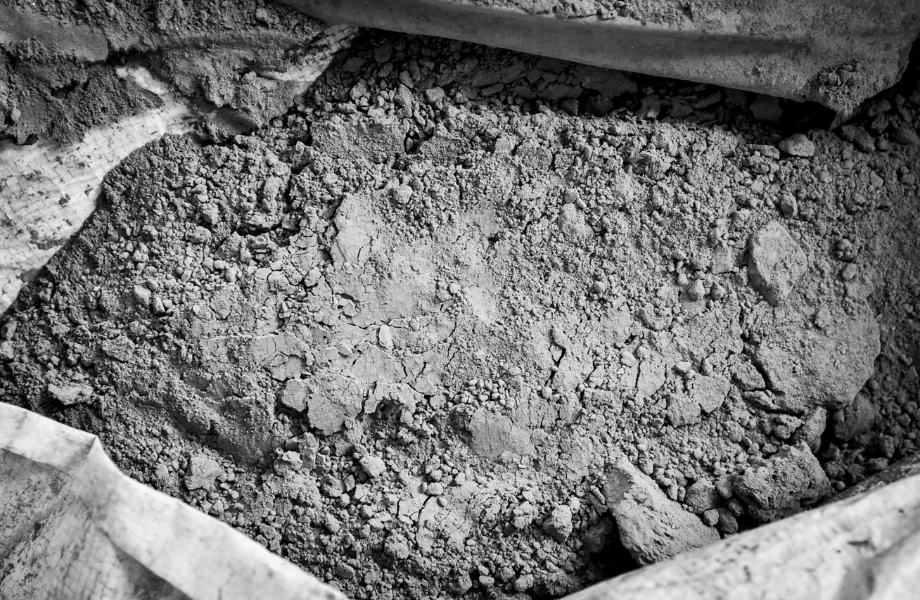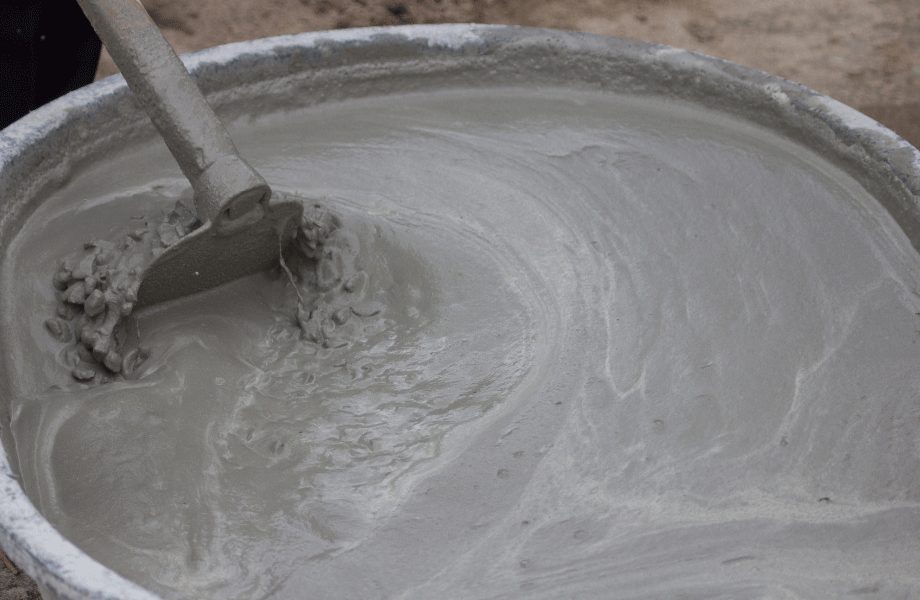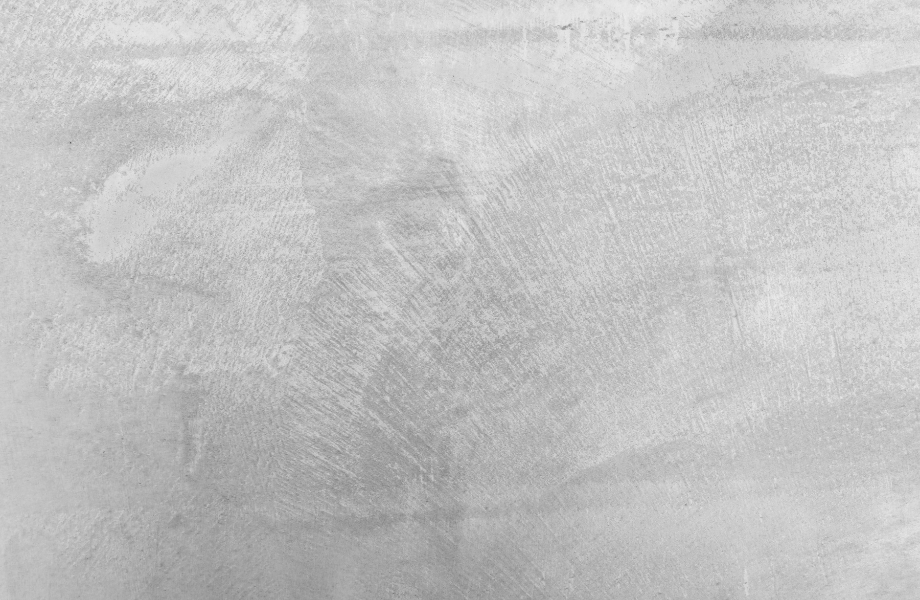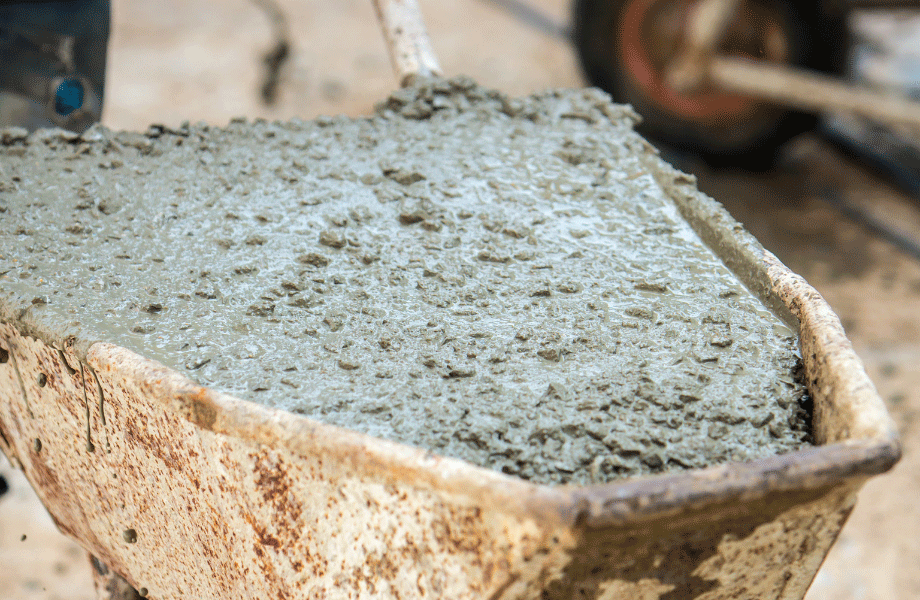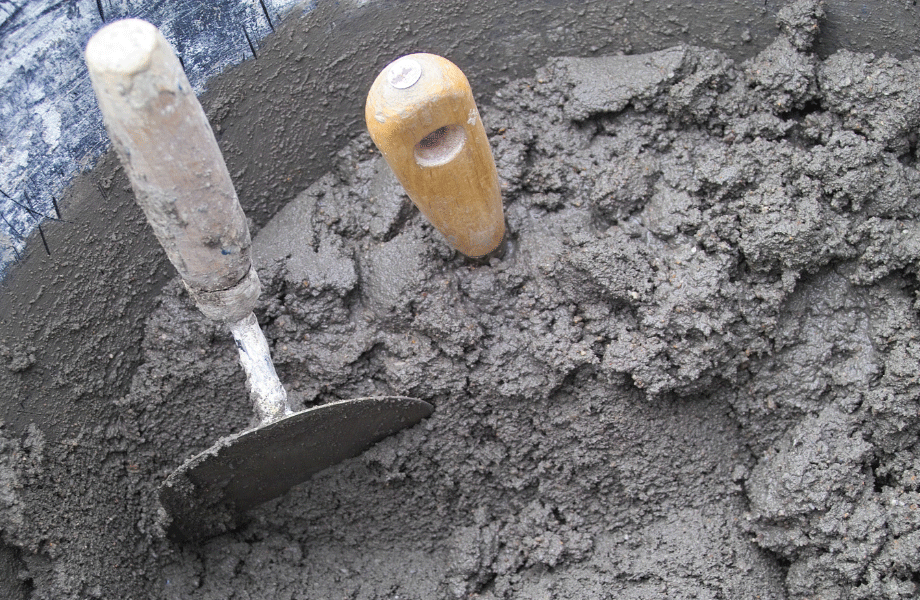People often overlook hardscapes. But they are a beautiful and vital component of landscape design. Hardscapes include components made from ‘hard’ materials such as stone, wood and concrete – paved areas, retaining walls, pool areas, garden edging, paths, steps and driveways.
Clever use of hardscapes can draw the eye to focal points through your yard, separate garden beds from lawn or create entertaining areas. To break things down to basics, today we’re talking all things cement, as there are different types to choose from, depending on your end hardscape goal.
DIY cement mixing
Without question, cement mixing is a fantastic DIY skill to have, greatly expanding your ability to improve your use and enjoyment of your backyard and outdoor areas. As with any endeavour, you will need the correct tools, safety equipment and materials. For the majority of backyard and outdoor area jobs, you will be able to mix your own mortar or concrete. Some bigger or more complicated jobs will require a concrete mixer.
The difference between cement and concrete
People often use the words ‘cement’ and ‘concrete’ interchangeably. But they are not the same thing. There are different kinds of concrete, which is made up of ingredients mixed in different proportions, depending on the end-use for the concrete.
Cement
Cement is never used by itself. It is a fine powder, ground from clinker and gypsum. Clinker is quarried or dredged raw materials, which are crushed to a very small size, blended in certain proportions, and then burned in a kiln at very high temperatures.
Cement is the binding agent ingredient of concrete, which is also made from aggregates (such as sand, gravel or crushed stone) and water. A cement mix makes up about 10% – 15% of the final concrete mix. The type of cement used as an ingredient in nearly all concretes is called Portland Cement or General Purpose Cement.
Aggregates
Aggregates generally make up about 80% of concrete’s volume. They are usually sand, gravel and crushed or uncrushed rocks
How to mix cement
To produce concrete, a chemical reaction must occur between the cement mix and water. This chemical reaction is called hydration, which produces ‘plastic’ concrete (meaning it is soft enough to be moulded into shape) and then ‘hardened’ concrete.
Concrete or mortar
Mortar
Manufacturers make mortar out of cement, sand and lime. It’s used to bind bricks, blocks and stones.
If you are making mortar, the standard ratio is around three or four parts of building sand to one part of cement mix.
You can purchase pre-made Trade Mortar, a quality blend of cement, graded sand and hydrated lime. Pre-made mortars are convenient and easy to use for small jobs, with this one 20kg bag covering 20 house bricks or 10 masonry blocks.
Concrete
Concrete is made from cement, sand, aggregate and water. It is a very strong, structural material used to form slabs, foundations and other permanent, built structures.
If you are making concrete, the required ratio will depend on the strength you need. The standard ratio is one part cement mix to two parts sand to four parts aggregate.
You can purchase pre-made Concrete Mix. This is a quality blend of cement, sand and aggregate suitable for garden edges, mower strips, paths, footings, posts, pergola uprights, garden slabs and foundations. Two 20kg bags will cover a 450mm x 500mm slab of approximately 75mm thickness.
What you need to mix cement
Ingredients
You will need to have on hand:
- Cement. A great cement mix for DIY at home is Builders Cement. Combined with sand and aggregate, it creates a concrete mix that is easy to work with for a smooth finish. It’s a good choice for rendering, blockwork masonry, brickwork and as a component of construction mortar.
- Sand.
- Aggregate (if you are making concrete).
- Water.
The amount of each ingredient required will depend on the size of the job and the type of mortar or concrete you need to create. Check the instructions on your cement mix, so you are clear as to ratios. Give us a call if you are uncertain about ratios or the cement mix that will be right for your DIY project.
You can also purchase bags of pre-mixed cement, sand and aggregate. The manufacture has created these in ratios specific for particular end-uses. Cement Australia’s Post Set Concrete for example, is a high quality blend of cement, sand and aggregate perfect for cementing in letter boxes, washing lines and fence posts. To this particular mix, you ‘just add water’ for a durable and great finish.
Safety materials
When you mix your own concrete or mortar, it’s important to protect yourself from respiratory, eye and skin irritation caused by the associated dust and debris. Appropriate personal protective equipment is essential – a good mask, safety goggles and thick gloves.
General equipment
You’ll also need:
- A wheelbarrow.
- Tarpaulin to protect the ground.
- Plastic buckets – you will need three if mixing mortar (cement mix, sand + water) and four if mixing concrete (cement mix, sand, aggregate + water).
- Builders shovel.
- Power washer + bristle brush.
- Equipment specific to your project, such as a trowel.
How to mix cement – the process
When it comes to how to mix cement, there are just a few steps to take.
Step 1 – prepare your work area
Lay your sheet of tarpaulin on the ground. Place your wheelbarrow on top. Make sure the wheelbarrow ‘bucket’ is clean and free from debris and water. Put on your safety gear to protect your eyes, mouth and hands. Most importantly, be ready to start your DIY project once the concrete or mortar is mixed, so you’re not leaving it out to dry out.
Step 2 – measure your ingredients
Follow the manufacturer’s ratio recommendations for measurements. Then place the correct amount of cement, sand, aggregate (if making concrete) and water into separate plastic buckets.
Step 3 – combine your ingredients
Add your dry ingredients to your wheelbarrow. Use your shovel to work the ingredients together, so they are evenly mixed with a consistent colour. Then pour in enough water to form a smooth paste. Use your shovel to work the water through the dry ingredients. The water will start to absorb into the cement, sand and aggregate, so you will need to add more as you go.
Step 4 – check your mix
Learning how to mix cement is essentially a Goldilocks + The Three Bears kind of scenario. Your mix needs to be ‘just right’ – not dry and pebbly or too wet and runny. Getting the consistency right is very much a trial-and-error process – you will get better with experience.
To test the consistency of your mix, use the shovel ‘blade’ to poke into the mix and create ridges. The ridges should hold their shape, and the mix should be smooth and consistent.
Step 5 – get started
When you are happy with the consistency of your mix, it’s time to use it! Remember not to let the mix sit too long in your wheelbarrow or bucket or you might end up with a unique art installation.
Step 6 – clean up
It’s important that you clean your equipment as soon as you can and as quickly as you can. This is so the mortar or concrete do not dry and set on your tools and equipment.
Clean excess mix away with a power-washer, scrubbing down your tools and equipment with a stiff bristle brush.
Now you know how to mix cement, what’s your next project?
We hope this post will help you get start with a DIY hardscaping project by helping you learn how to mix cement. Get in touch with our expert team if we can help with any cement, concrete or mortar questions you may have. We’d love to help. Keep an eye on our How To and Product Info pages, for more posts like this one.










